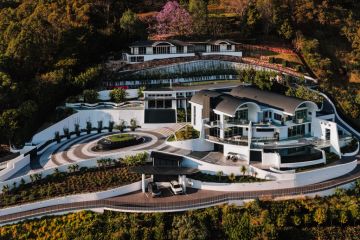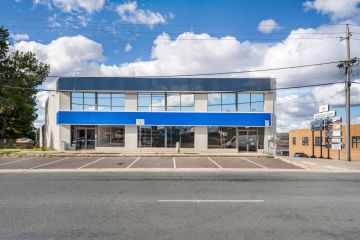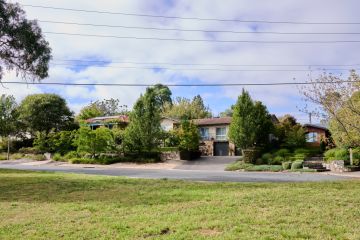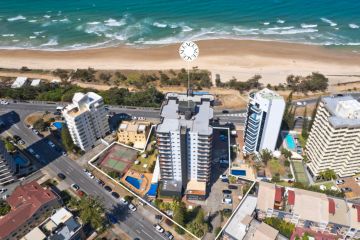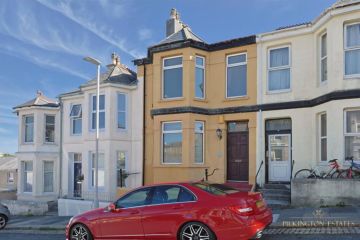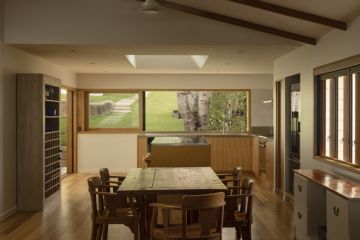Canberra A-grade office space under pressure
A tightening office market in Barton for A-grade office space is pushing the sought-after suburb close to putting up the “No Vacancies” sign.
All eyes are now on owners of B and C-grade office buildings and whether they will make the investment in refurbishments to cash in on Barton’s popularity with private and public-sector tenants.
Colliers director of office leasing Michael Ceacis says Barton had a total of nearly 160,000 square metres of A-grade office space.
“But there’s only 1630 square metres left for lease – that puts the vacancy rate at about one per cent.”
Office space is nearly as tight in neighbouring Forrest where some 2600 square metres are still available from a total pool of nearly 46,600 square metres – a vacancy rate of some 5.5 per cent.
“These two areas are often quoted as comprising the Parliamentary Triangle,” Mr Ceacis says.
“If you compare the overall A-grade areas (Barton and Forrest together) of 205,910 square metres and a vacancy of 4213 square metres, it reflects a vacancy of 2 per cent in the A-grade office space.
“That’s very tight,” he says.
A step down into B-grade buildings and there’s an easing of pressure – mainly because of a tenant flight to quality in refurbished buildings.
Barton B-grade comprise 35,804 square metres of office space with a vacancy of 4213 square metres. Forrest B-grade totals 76,304 square metres with a vacancy of 17,125 square metres.
“That puts the total Parliamentary Triangle B-grade vacancy at 20.8 per cent,” Mr Ceacis says.
“There is scope for some of this stock to be upgraded to A-grade standard – and that’s where the demand is.
“Owners of these buildings will have to decide whether to invest in the appropriate level of refurbishment to attract tenants that want A-grade standard,” he says.
Mr Ceacis said these owners should be encouraged by the performance of 44 Sydney Avenue after its refurbishment.
“The government took most of its 10,000 square metres with the private sector taking the balance,” he says.
“A similar thing happened after 50 Blackall Street was refurbished. Tenants are attracted to quality.”
Mr Ceacis says the low vacancy rate creates growth in the rental rate and puts pressure on incentive levels.
And the flight to quality is not just occurring in the Parliamentary Triangle.
“We are seeing a similar pattern occurring in the CBD,” he says.
We recommend
We thought you might like
States
Capital Cities
Capital Cities - Rentals
Popular Areas
Allhomes
More
